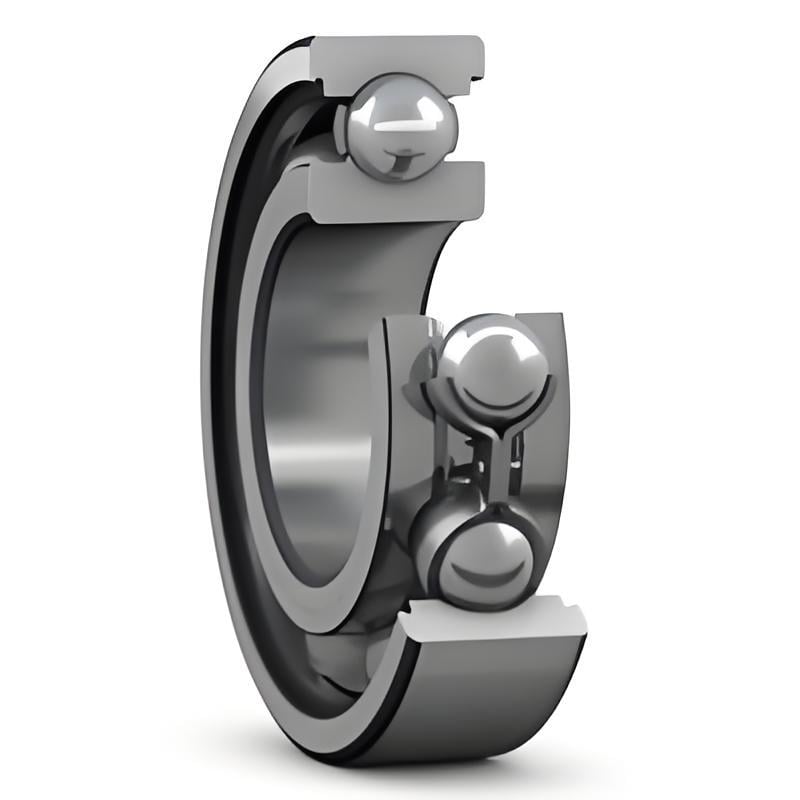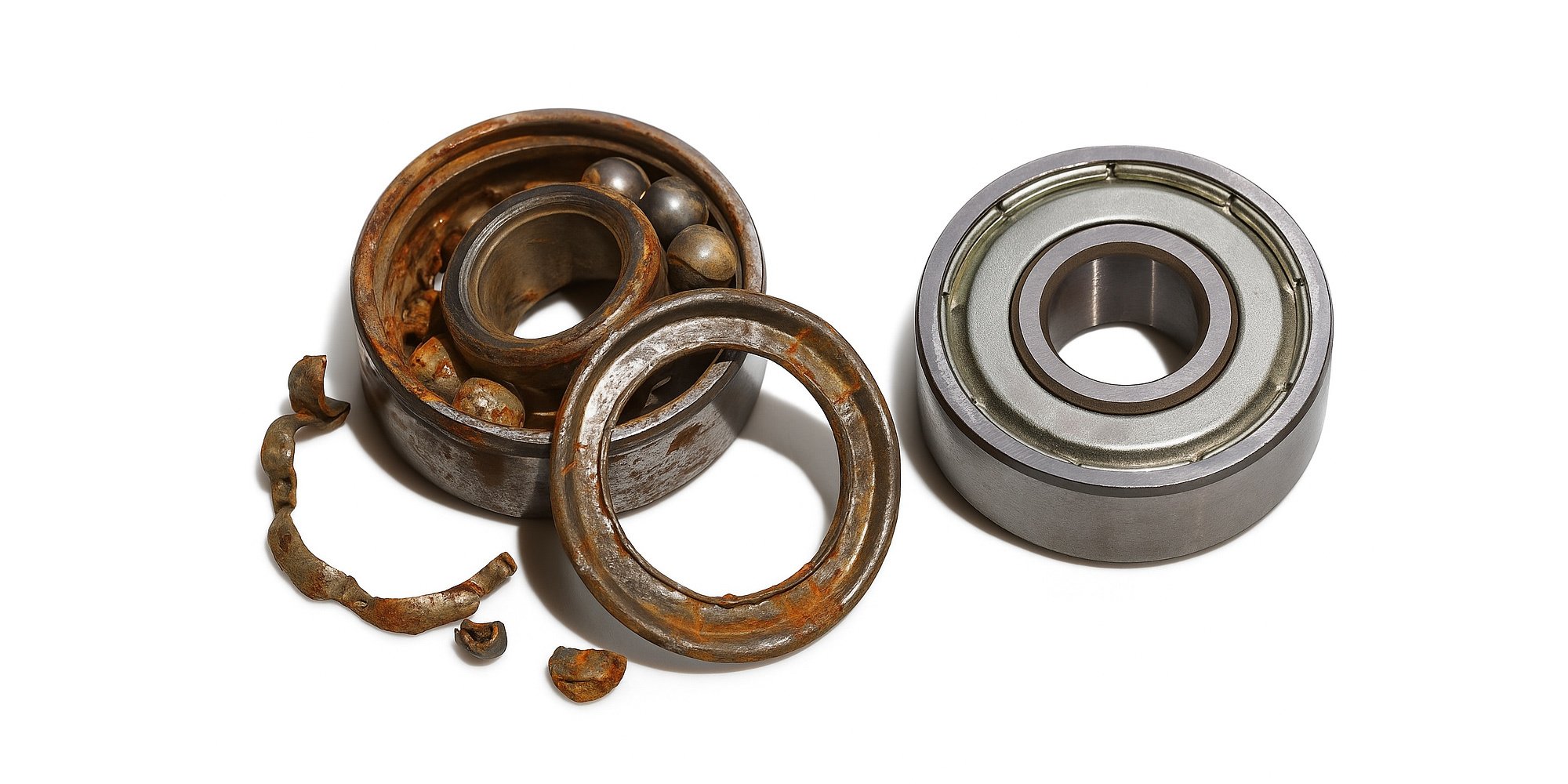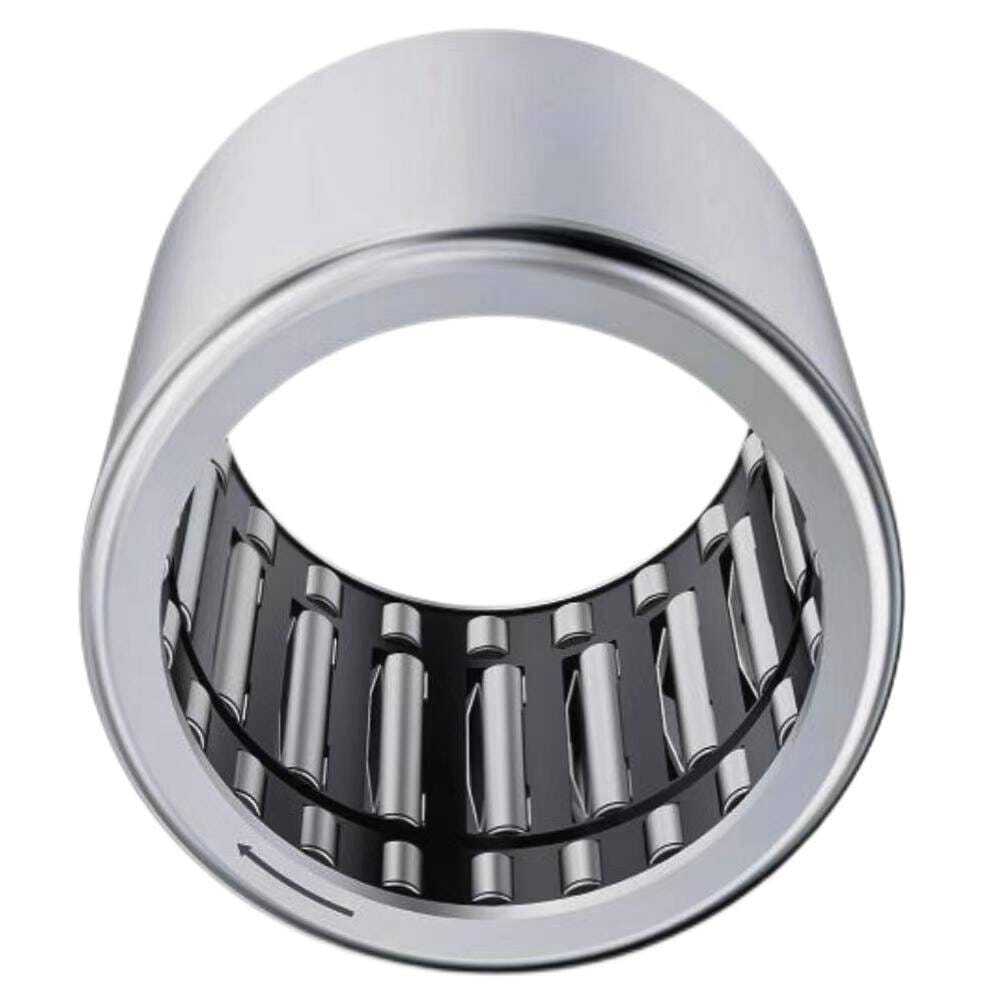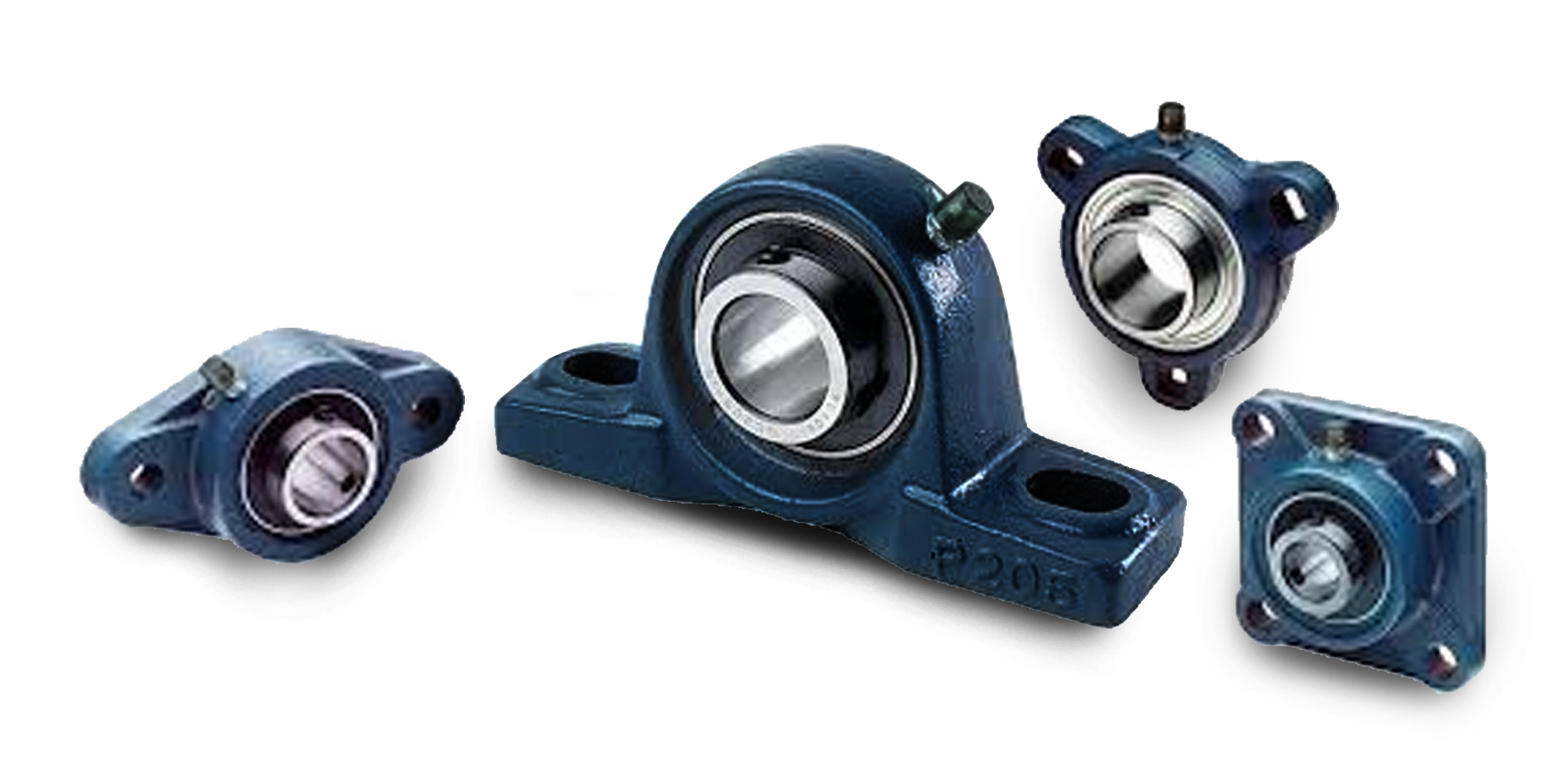How to Prevent Bearing Failures: Tips and Techniques to Reduce Wear on Bearings
Bearing failures can be a major headache for any facility, causing increased downtime, high-maintenance costs, missed deliveries, loss of revenue...

The precise world of bearings revolves around detailed measurements and exacting specifications. One critical tool for ensuring optimal bearing performance is the bearing tolerance chart. This vital reference provides insights into how bearings can fit and function within machinery, underscoring the importance of accurate measurements in bearing applications.
A bearing tolerance chart is a detailed guideline, outlining the permissible limits of variation in a bearing's dimensions. It serves to aid in the selection of the right bearings for specific applications, detailing key parameters such as inner and outer diameters, radial play, and axial play.
Accurate interpretation of a bearing tolerance chart is key to achieving a proper bearing fit and function. It helps avoid premature bearing failure, which can result from improper fit, thereby enhancing the performance and efficiency of the machinery.
Much like learning what bearing numbers mean, interpreting a bearing tolerance chart requires:
Table 1 High precision bearing applications
Bearing tolerances, as well as the allowable values for the boundary dimensions and operational accuracy of bearings, are specified.
The rules governing these tolerances are set out in JIS B 1514-1, -2, and -3, addressing roller bearings with a focus on part 1: radial bearings, part 2: thrust bearings, and part 3: permissible chamfer dimensions. These JIS regulations are based on the corresponding ISO standards.
Bearing tolerances are categorized into six classes: 0, 6X, 6, 5, 4, and 2, with precision increasing with the class number.
Class 0 bearings suffice for regular use, while Class 5 or higher bearings are needed for intense conditions, as shown in Table 1.
These tolerances, conforming to ISO standards, may have different names globally. Table 2 outlines specific tolerances per bearing class and pertinent bearing organizations.
Standards and organizations concerned with bearings include:
Table 2 Bearing type and tolerance class
To illustrate the precision of dimensions and operation for various bearing types, we'll use the example of radial bearing tolerances, excluding tapered roller bearings. See Table 3.
Table 3 JIS B 1514-1: Radial bearing tolerances (tapered roller bearings excluded)
(1) Inner ring (bore diameter)
(2) Inner ring (running accuracy and width)
(3) Outer ring (outside diameter)
(4) Outer ring (running accuracy and width)
Accuracies for dimensions and running of other bearing types are listed in:
(1) Inner ring and outer ring width
(2) Outer ring
(1) Inner ring
(2-1) Outer ring
(2-2) Outer ring
(3) Assembled bearing width and effective width
(1) Inner ring, outer ring width and overall width
(2) Outer ring
(1) Inner ring
(2) Outer ring
(3) Radial runout of assembled bearing inner ring/outer ring
(4) Assembled bearing width and overall width
(1) Bore diameter and width of inner ring and assembled bearing width
(2) Outside diameter and width of outer ring and radial runout of assembled bearing inner ring/ outer ring
(1) Shaft race and central race
(2) Housing race
(3) Bearing height and central race height
(1) Shaft race
(2) Housing race
(1) Basically tapered bore (taper 1:12)
(2) Basically tapered bore (taper 1:30)
(1) Tolerances on flange outside diameters
(2) Tolerances and permissible values on flange widths and permissible values of running accuracies relating to flanges
Understanding and effectively using a bearing tolerance chart is integral to successful bearing applications and optimal machinery performance. It’s not just about the right fit, but also about enhancing efficiency and extending bearing service life. At Lily-Bearing, we are committed to providing high-quality bearings with precise tolerances to meet your diverse application needs. Through accurate bearing selection using our comprehensive bearing tolerance chart, you can achieve significant improvements in machinery performance.

Bearing failures can be a major headache for any facility, causing increased downtime, high-maintenance costs, missed deliveries, loss of revenue...

Bearings are essential mechanical components used to reduce friction between moving parts. Among the various types of bearings, needle bearings and...

Mounted bearings are pre-assembled units that combine an insert bearing (such as a ball or roller bearing) with a housing. They are designed to...